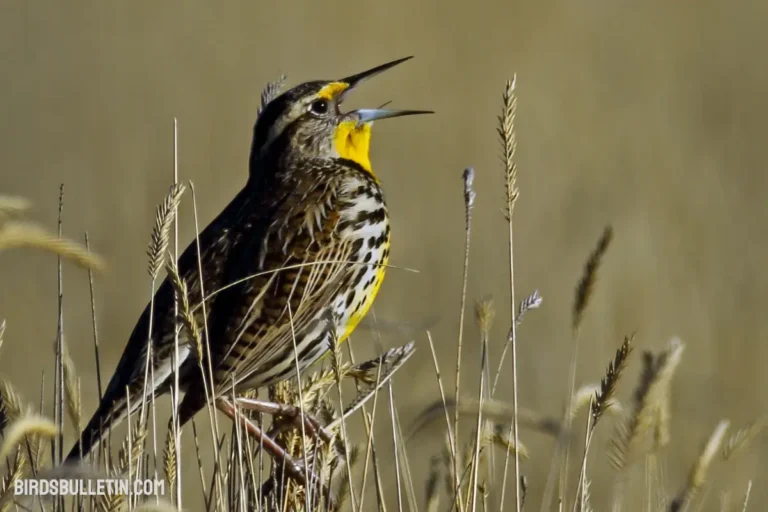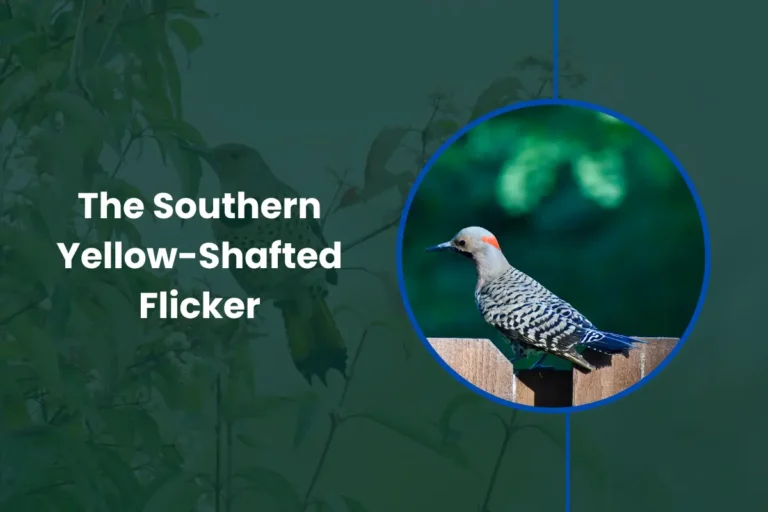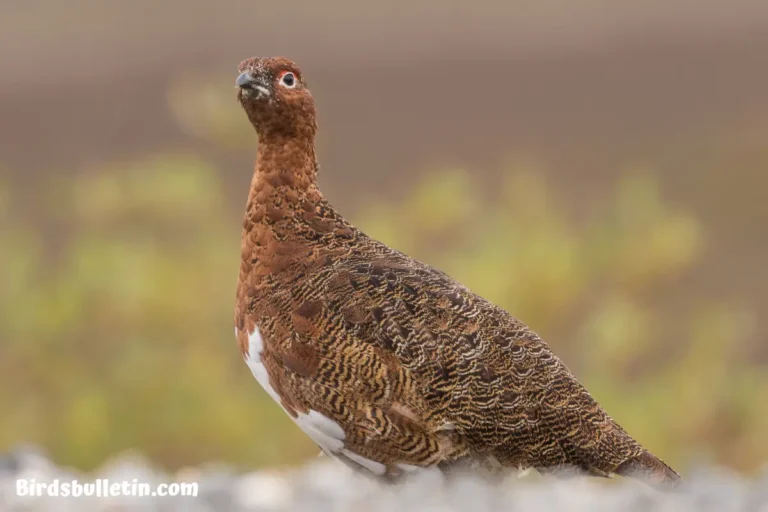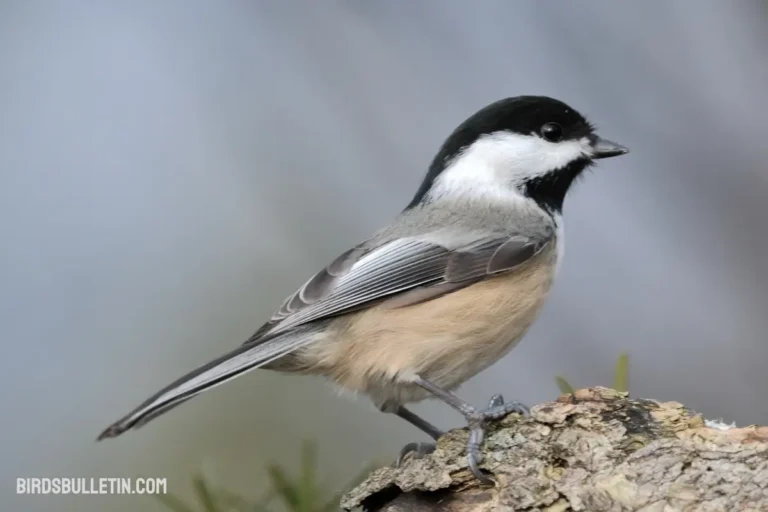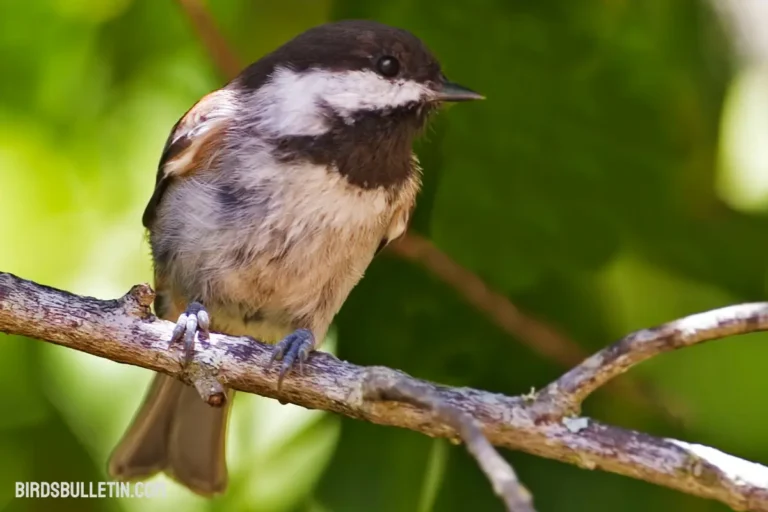Overview Of Poecile Rufescens Barlowi
Poecile rufescens barlowi, commonly known as the Chestnut-backed Chickadee, is a small songbird found along the southwest California coast south of San Francisco Bay.
It is a subspecies of the Rufous-backed Chickadee and is notable for its lack of rufous coloring on the flanks.
Looking for more overview about bird subspecies
Scientific Classification
- Kingdom: Animalia
- Phylum: Chordata
- Class: Aves
- Order: Passeriformes
- Family: Paridae
- Genus: Poecile
- Species: P. rufescens
- Subspecies: P. r. barlowi
Identification
P. r. barlowi can be identified by its black cap and bib, white cheeks, brown back, greyish wings and tail, and light underparts.
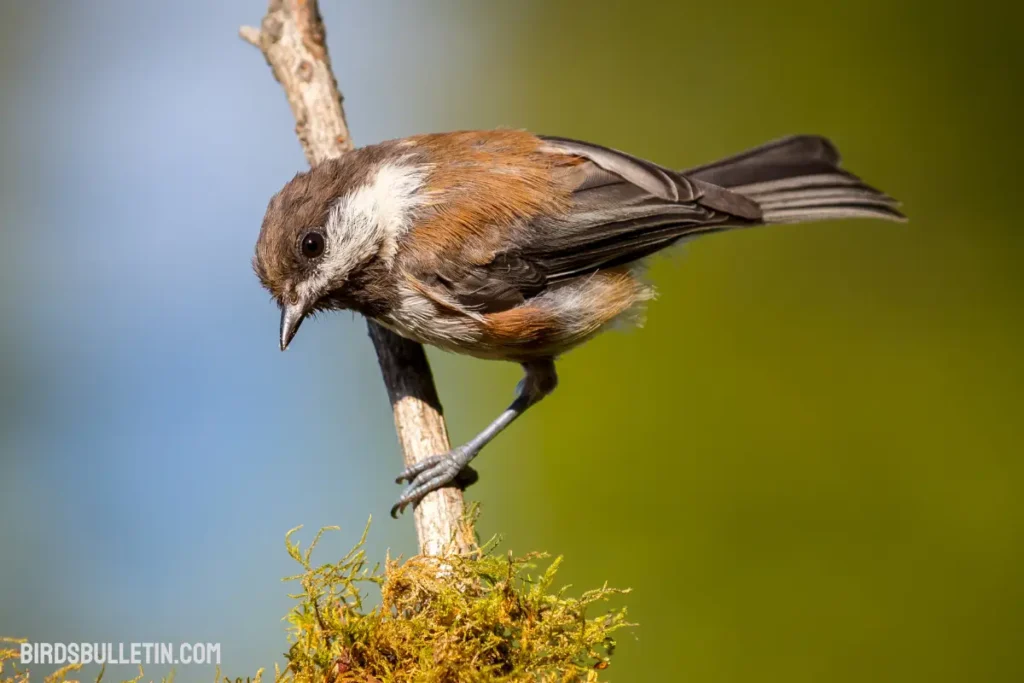
The flanks lack the rufous coloring found in other Rufous-backed Chickadee subspecies. It measures 4.7-5.9 inches in length and weighs about 0.39 ounces.
Location
The range of P. r. barlowi is limited to the coast of central California, from Sonoma County south to Monterey County. It inhabits coastal forests, woodlands, and scrub habitats.
Interesting Facts
- P. r. barlowi is non-migratory and does not travel far from its breeding territory.
- It forages for insects, seeds, and berries in mixed-feeding flocks with other chickadee species and songbirds.
- The birds excavate nest cavities in dead wood or use old woodpecker holes. The clutch size is typically 6-8 eggs.
- Their call is a nasal “cha-cha-cha” and their song is a warbled “hey-wheet” or “fee-bee-fee-bay”.
Status and Conservation
P. r. barlowi has a limited range and a small population size. Habitat loss and degradation are threats. It is classified as Near Threatened by the IUCN Red List. Protecting coastal forests and woodlands is important for conservation.
Frequently Asked Questions
01. What separates P. r. barlowi from other Rufous-backed Chickadee subspecies?
The lack of rufous coloring on the flanks helps identify P. r. barlowi. Other subspecies have varying amounts of rufous on the flanks and sides.
02. Where exactly is P. r. barlowi found along the California coast?
Its range extends along the coast from Sonoma County south through the San Francisco Bay area to Monterey County. It is found in coastal habitats within about 12 miles of the ocean.
03. How can we help protect and conserve P. r. barlowi populations?
Protecting the remaining coastal forest and woodland habitat is crucial. Providing nest boxes may also help boost breeding sites. Educating people about this unique subspecies and its limited range can motivate conservation action.
Summary
Poecile rufescens barlowi is a small coastal chickadee subspecies found along the central California coast. It lacks rufous coloring on the flanks and has a limited range. Conservation efforts focused on habitat protection are needed to preserve populations of this Near Threatened songbird.
Increased awareness and appreciation for its unique status along the California coast can help motivate conservation action.



